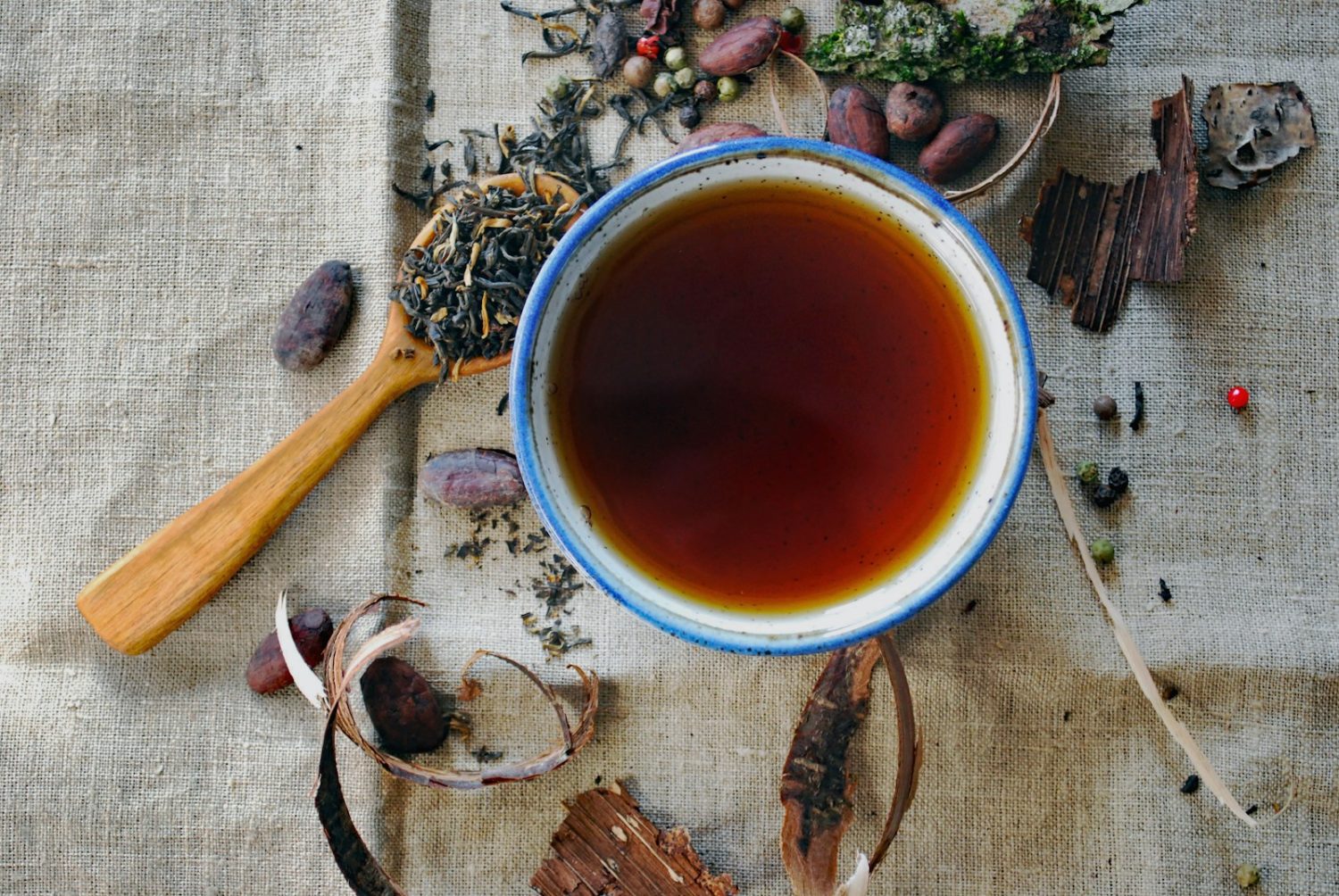The Importance of Garden Edging
Gardens add beauty to any home. It does not matter if a garden is large or just a pocket garden around the corner, it still provides an aesthetic advantage. A garden adds color to surroundings and brings in fresh air to your home as well. However, if you have a medium to large sized garden … Read more

